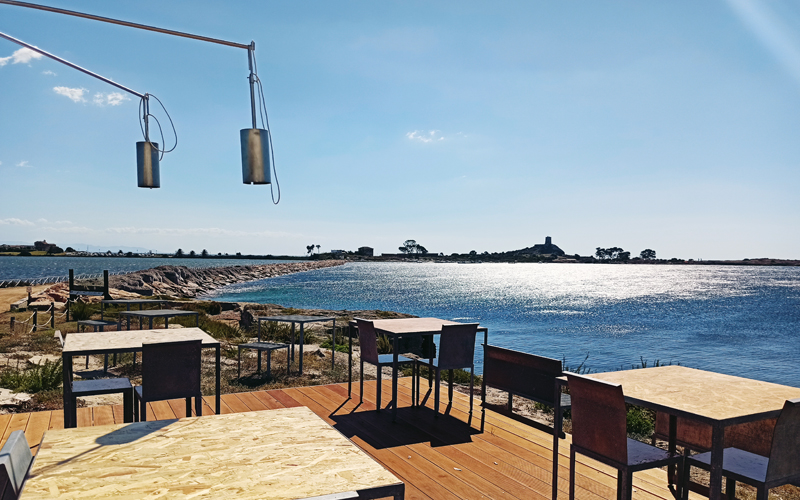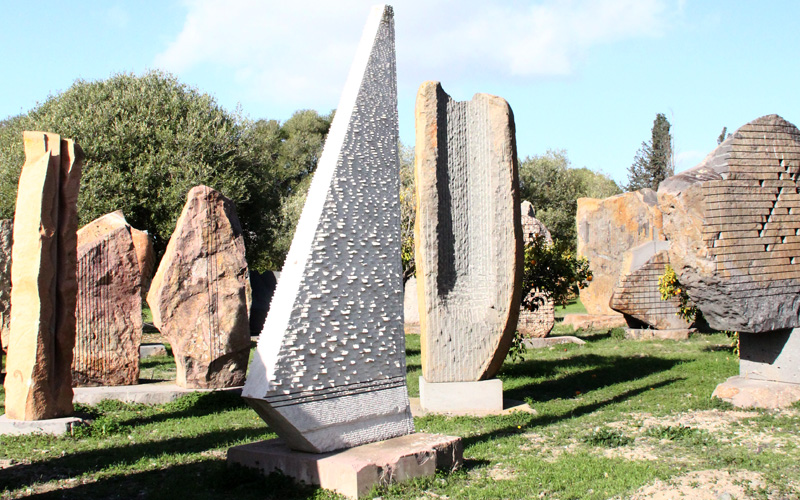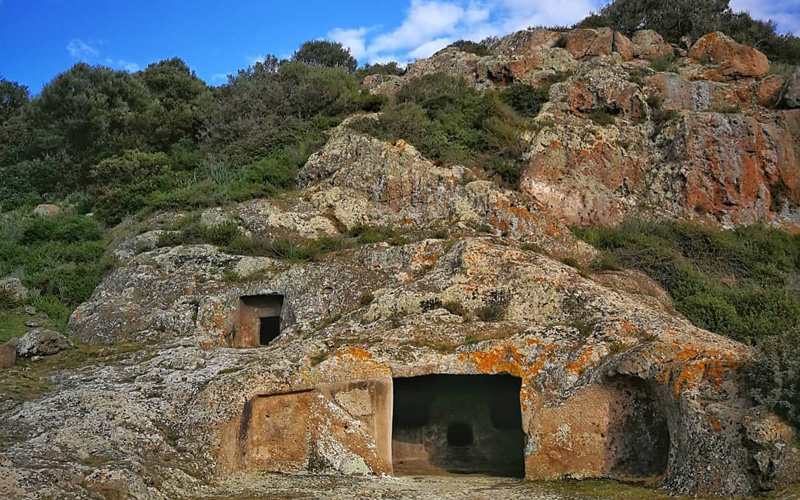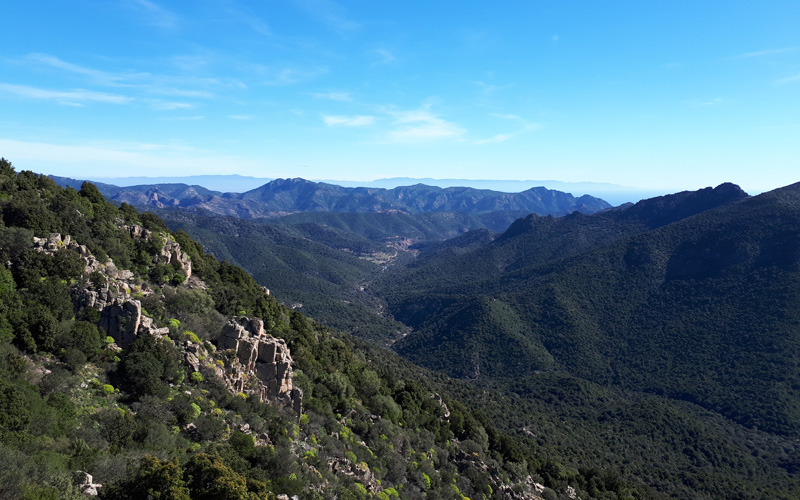The “filu ‘e ferru”, literally “iron wire”, is a typical spirit of Sardinia, a passion to taste with pride. Transparent as water, but with an alcohol content above 40 degrees, it is absolutely able to inflame minds and palates. Precisely for this reason in some areas of Sardinia is also called “abbardente”, translatable into Italian as “water that burns”. Perfect for “cumbidare”, that is to invite to drink, as the Bon Ton of Sardinian hospitality wants, or to sip at the end of banquets based on fresh pasta, porcetti and grilled meats: it facilitates digestion and cheers the spirit.
Used for centuries as a drug and remedy against all diseases, it was spread by the monks who brought the craft stills in the richest areas of vineyards. In Sardinia, cellars and storerooms were transformed into small distilleries. When in 1874 the Savoy government forbade the free domestic distillation for commercial purposes, the small producers sharpened their mind.
The name of this spirit dates back to this period and derives from the method used during this “age of Prohibition” to hide the stills when the aquavit was produced illegally by the farmers. The containers with the distillate and the stills used for its preparation were hidden underground in the most hidden places of the countryside, often in pumpkins. To facilitate the discovery of the hidden spirit, the pumpkins with the containers and the stills were tied with wire so that one end of this wire protruded from the ground indicating the position.
The Oristanese and Barbagia preserve among their suggestive and rugged landscapes the best recipe of the filu ‘e ferru, but its history belongs to the whole island.
To produce the filu ‘e ferru, selected sardinian marc (vernaccia and cannonau) are used and the result is a refined perfume distillate, which is aged in oak barrels. The filu ‘e ferru is presented as a white, brilliant grappa, with a broad, proportionate and persistent taste, which contains in itself the aromas and aromas of flowers, fruit and spices.
In some areas of Sardinia the traditional recipe is also added lamb or kid rennet to give an acrid aroma to the distillate that appears veiled, not as clear as water, and which in the past was consumed mainly by shepherds during the holidays rural. By adding milk and sugar, on the other hand, a cream is created that is drunk more easily by those who can not bring down liquor with a high alcohol content.
Savoring a glass is very necessary when you go from these parts, so good taste!
Martina Murgianu
Pic by @madebysardinia





